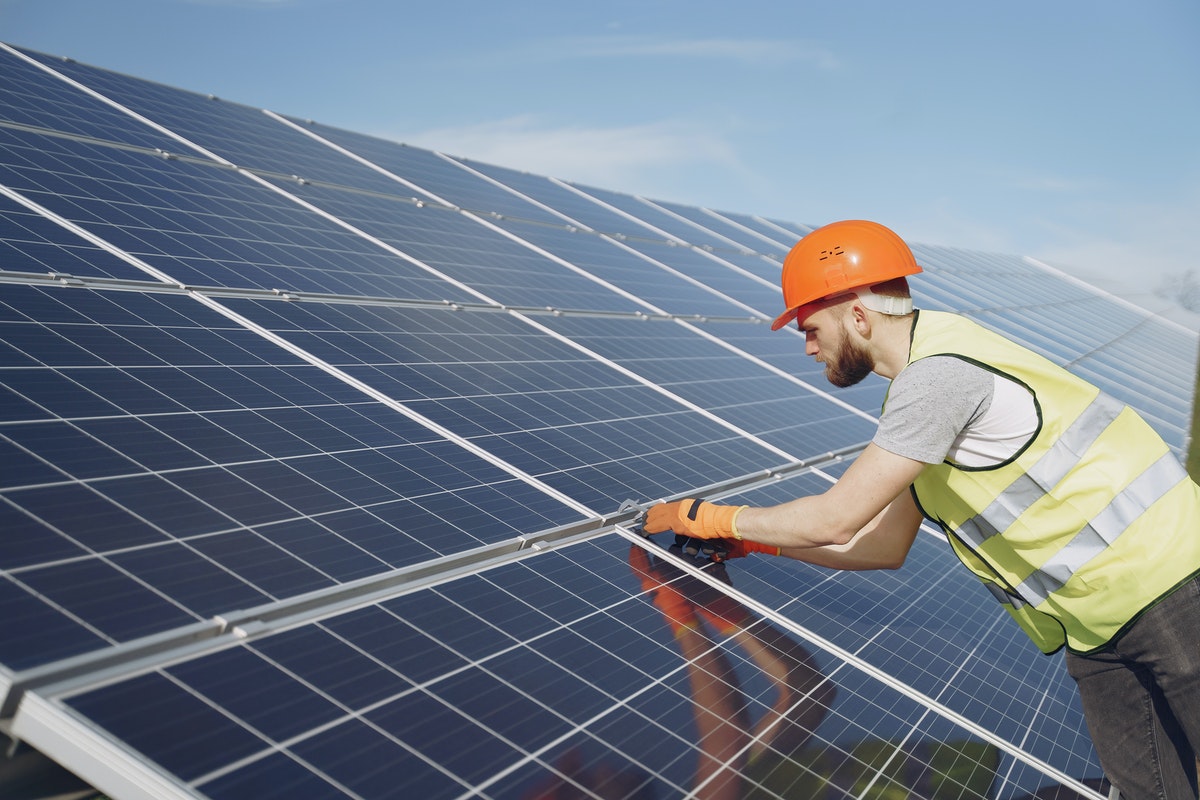
The price you get compensated per kilowatt-hour for solar energy produced from your PV module to the primary power grid is the solar feed in tariff. The “buyback rate” is another term for this.
It is frequently mixed up with Australia’s solar rebate. The national rebate (subsidy) is a unique benefit that reduces the cost of a new solar energy system at the point of purchase. It may be worth tens of thousands of dollars.
Feed-in tariffs are still accessible across Australia; however, the rates are not as generous as a few years ago. Nevertheless, this does not make solar energy any less of a solid investment. On the contrary, it makes it even better, especially considering how much mains energy rates have risen since then and how low the benefit of constructing solar power has become.
Earlier, when solar energy systems cost 3 to 4 times what they do today, the repurchase rates were extremely high to promote the adoption of solar panels. The inducement was effective.
Due to strong uptake and competent installers, the solar sector is already well developed, and costs for solar PV systems in Australia are among the lowest in the world. Solar feed-in tariffs have also decreased as wholesale power prices have decreased, partly due to the roofing solar energy movement.
Who Has The Most Competitive Feed In Tariffs?
Solar feed-in tariff provided by energy suppliers is a big consideration for householders when deciding which supplier to go with. Australia has the greatest solar adoption rate in the world.
According to statistics, more than 2.68 million rooftopsolar power systems are installed in Australia as of December 31, 2020, which means solar cells are on the roofs of one out of every four houses.
Who Is Responsible For The Tariff?
Your energy supplier is the one that compensates you for the power you generate in excess. The government does not pay the tariffs; only the rebate is paid. The procedure is simple: after the business receives your energy and integrates it into the main grid, they may charge other individuals for what they consume.
Because many utility firms deal with tariffs, you’ll discover that different businesses have varied terms and prices.
Since there is such a strong demand for energy in Australia, there are numerous energy supplier businesses. All of these businesses have various prices, which you may evaluate to determine the best.
Is There GST On Money Earned?
Not until your overall feed-in revenues exceed $75,000 per year. If they earn more than the amount above, householders are not required to pay GST on feed-in tariff revenue.
However, the amount is much more than any family could ever make by selling their excess solar energy to the grid. As a consequence, you won’t have to be concerned with GST.
As a householder, you are not required to be registered for GST or to pay any GST. It’s essential to note that this is not the situation for businesses and commercial buildings required to pay GST.
The Benefit Of Solar Power
Solar power systems rely on the sun’s energy to generate electricity. Rooftop solar panels help decrease carbon emissions and our shared reliance on fossil fuels. If you install solar panels, you’re not only lowering your carbon emissions, but you’re also helping to boost renewable energy sources by exporting electricity from the modules to the network.
When Will The Solar Feed-In Tariff Be Phased Out?
Feed-in tariffs will be phased out on December 31, 2030. It will most certainly continue beyond 2030 since they are not a government incentive but rather electricity providers.
Energy providers purchase your energy at a retail price and resell it to local people at a selling price. Even if they only make a few cents per kW of electricity, they don’t have to consume any more fossil fuels or purchase and build their equipment, so it’s a big win for them. The fact that society will adjust to reduced daytime energy costs is one more explanation why feedin tariffs aren’t going away anytime soon.
Some of the energy used by households and workplaces will be shifted to the daytime.
Low daylight costs will be used to charge up increasing quantities of energy storage capacity — mainly batteries. The last of our coal-fired power plants will be shut down.
Large companies are already benefiting from reduced daytime pricing and will benefit much more if prices decrease. Lower feed tariffs encourage homeowners to shift their use to the day to maximise their rooftop solar power production usage. As energy management systems develop and become affordable, this will become simpler.








